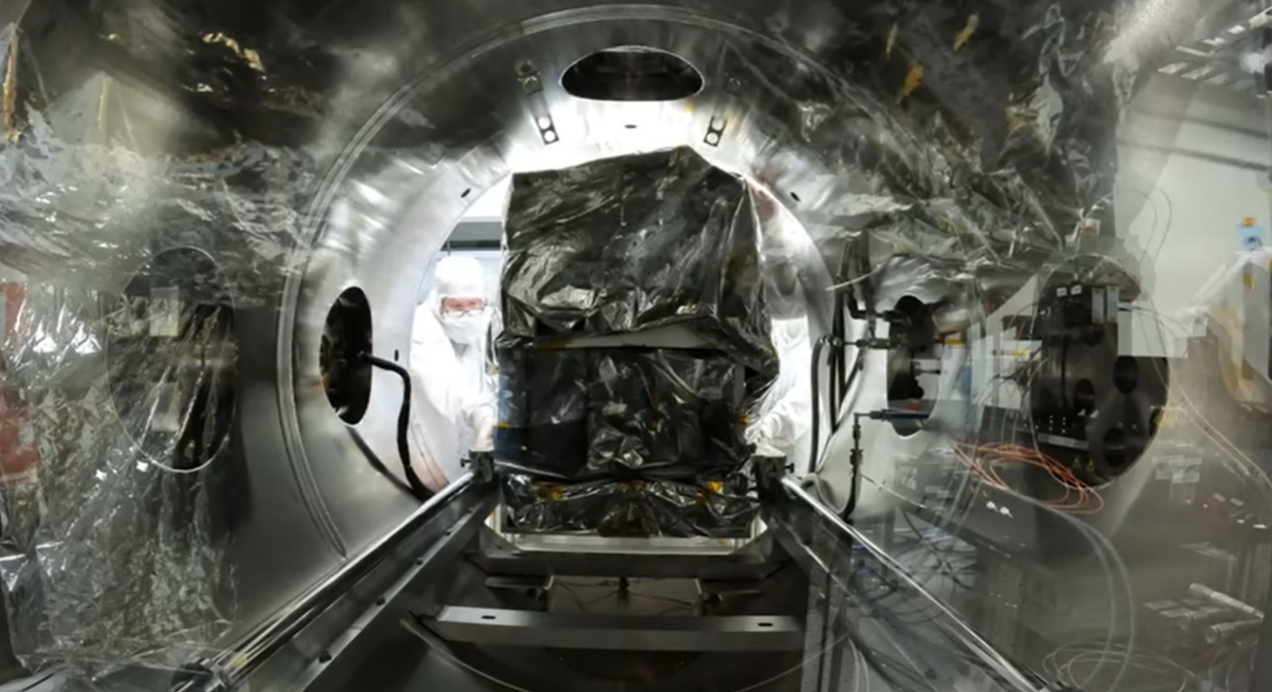NASA's new greenhouse gas detector will help track down 'super-emitters' from space

On Sept. 12, a mirror-walled box arrived in the clean room of Planet Labs in San Francisco. This box contains a spectrometer, designed specifically to observe carbon dioxide and methane on Earth's surface.
Forged at NASA’s Jet Propulsion Laboratory (JPL) further south in California, this spectrometer’s stop in San Francisco will see it mounted onto a satellite called Tanager. That satellite, if all goes according to plan, should launch in 2024. The nonprofit Carbon Mapper hopes to use Tanager to pinpoint greenhouse gas "super-emitters" on our planet.
This newly-arrived spectrometer is a key component of that mission.
Related: NASA sensors could help detect landfill methane from space to help limit climate change
This device is designed to observe infrared light reflected from Earth's surface, then separate that light into its spectrum. Different gases in Earth's atmosphere each absorb different wavelengths of light, leaving characteristic gaps in the spectrum and allowing observers to reconstruct what gases were present at a certain point.
Before sending the spectrometer north, JPL staff tested the mechanism's ability to perform this duty. Inside a vacuum chamber, scientists placed a methane sample in clear view of the spectrometer. And, by JPL's account, the spectrometer succeeded.
"We are thrilled to see the exceptional quality of the methane spectral signature recorded," Robert Green, an instrument scientist at JPL, said in a statement. "This bodes well for the space measurement soon to follow."
Breaking space news, the latest updates on rocket launches, skywatching events and more!
Carbon Mapper — which oversees a coalition including JPL, Planet, The California Air Resources Board, the Rocky Mountain Institute, Arizona State University, and the University of Arizona — has already tested imaging spectrometers through airborne surveys.
The organization makes the data from these surveys, as well as observational data from EMIT, available on their open Data Portal. EMIT is an instrument launched by NASA aboard the International Space Station that monitors mineral dust blown from Earth's deserts. Eventually, this spectrometer will join it from an orbit that wraps around Earth's poles.
Editor's note: The original version of this story erroneously stated that Carbon Mapper launched the EMIT instrument to the International Space Station. The story was updated at 11:50 p.m. EDT on Oct. 24 to correct that mistake.
Join our Space Forums to keep talking space on the latest missions, night sky and more! And if you have a news tip, correction or comment, let us know at: community@space.com.

Rahul Rao is a graduate of New York University's SHERP and a freelance science writer, regularly covering physics, space, and infrastructure. His work has appeared in Gizmodo, Popular Science, Inverse, IEEE Spectrum, and Continuum. He enjoys riding trains for fun, and he has seen every surviving episode of Doctor Who. He holds a masters degree in science writing from New York University's Science, Health and Environmental Reporting Program (SHERP) and earned a bachelors degree from Vanderbilt University, where he studied English and physics.
